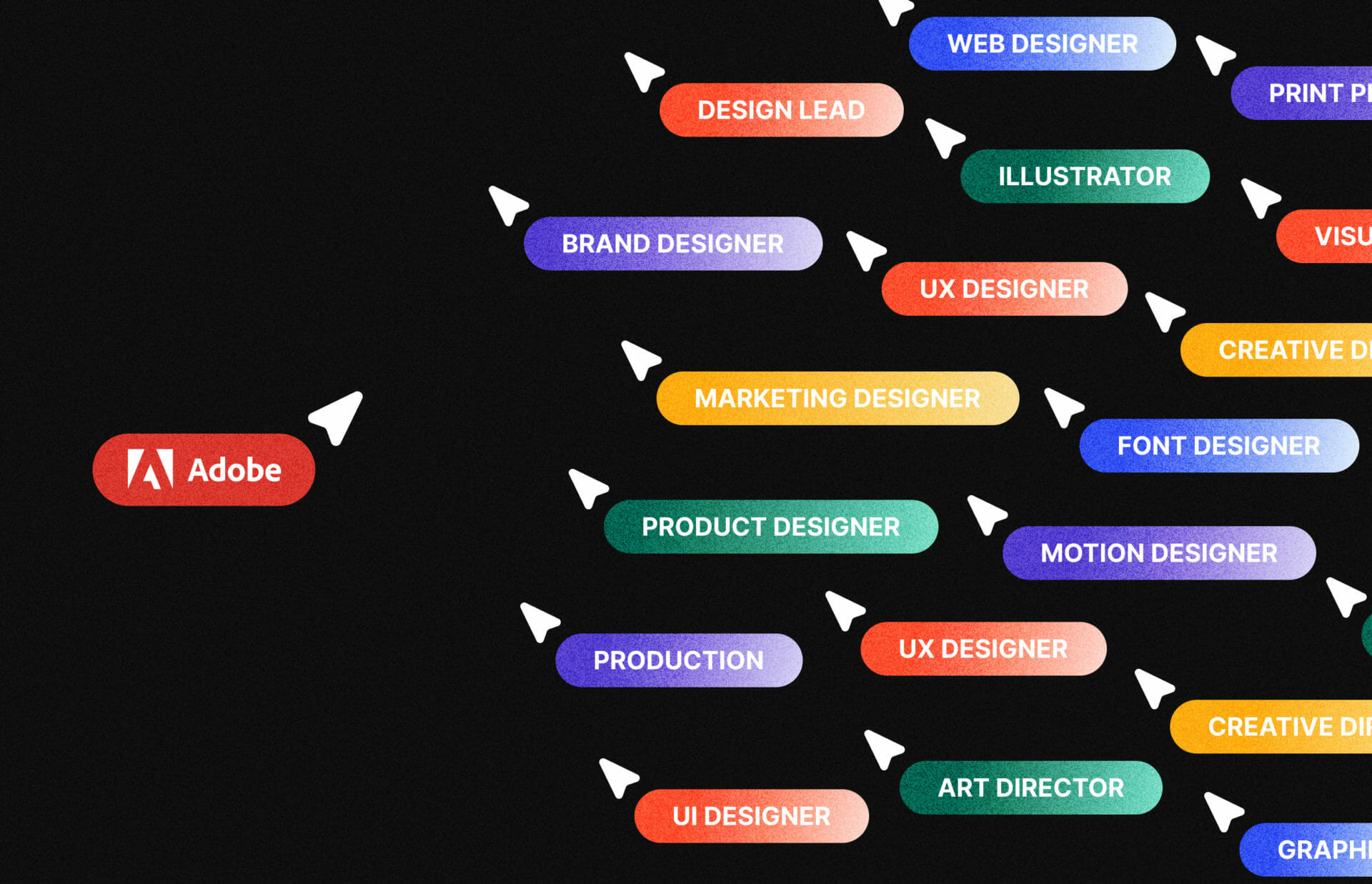
Buyer — 10.05.2022
Destined for Acquisition — What Figma’s Fate Says About the VC Ecosystem
Innovatemap Team

After the dozens of hot takes you have read about Adobe’s acquisition, I’d like to make the case for one more. I promise this one will be different! It will be different in that I won’t be high-fiving Figma and its investors, nor will I join in the chorus of criticism on behalf of designers.
Instead, I want to illustrate a larger issue in VC around how capital is used and its impact on the market its investments serve.
My journey to overseeing growth and dabbling in venture partnerships started with a career in UX. When I started in 2007, my tools of choice were Macromedia Fireworks and Flash. I was proficient in both tools and built a few web apps using Flash’s Actionscript language. Adobe bought Macromedia in 2007, and within the next few years, Adobe began the process of sunsetting both. Fast forward to 2014 and the main reason Innovatemap is built on Macs is because I wanted to use Sketch. If design is considered a craft, then this remains the best tool of the craft.
But a few years ago, Figma blitzed Sketch. Sketch was reluctant (and slow) to raise private capital, relying on a strong user community and methodical product updates. Meanwhile, Figma recreated Sketch quickly, focused on making it collaboration-first. And while this was a useful paradigm shift, these features precluded most of their capital raise. Accordingly, Figma used the capital to fuel growth through PLG motions and quick user acquisition. This type of growth required a massive exit to justify the investment.
So here we are, another giant in design tools acquired by Adobe. I’m not as angry as the rest of the design community, but I understand their frustrations. Ultimately, it feels like the past several years of Figma was simply a VC-subsidized customer acquisition campaign for Adobe. And this is where the issue starts to surface as I examine this deal from both the investor and user sides.
It’s a slam dunk from a financial standpoint. A monumental return on capital, fairly quickly—in a bear market no less! But there’s no tangible benefit for Figma’s user community. Adobe has been woefully behind in the product design space for years, so there’s little to gain as a Figma user. If anything, most in the community are preparing for higher prices and more friction-filled billing. Others, who fled to Figma as a revolt against Adobe, will leave again and rejoin Sketch. The point is that this acquisition is bad for users.
But it doesn’t always have to be. Salesforce’s acquisition of Slack has had no negative impact on users because they’ve been left to do their own thing. Last year, Indianapolis-based PactSafe was acquired by Ironclad. It was likely great for its investors and based on my conversations with some of its leaders, it was great for the PactSafe product. As an end-user of PactSafe, it’s been fine—if anything, the broader access to talent and technology in the company will accelerate their roadmap.
When we look at an acquisition like Figma and the negative reaction of its user community, I can’t help but wonder what venture capital’s role is in this dynamic. In its early forms, venture was used to fund companies that needed time to build and prove themselves in market. But as the cost of technology and mechanisms to scale have plummeted in cost, capital is used more for GTM functions and market dominance rather than product development. In Figma’s case, funding fueled a market pace so rapid that it would require literally any good deal to ensure the capital was returned.
In other words, Figma’s journey was always going to end this way, and that’s a shame for its users.
My hunch is that in the quest for market dominance, capital pushed Figma into a position that pulled the rug out from under its users. If we zoom out to look at the design tool landscape, it’s only going to grow. And as Figma grew alongside a very formidable Sketch, the industry was temporarily richer with tool variation. But after the acquisition, I believe the design industry suffers. And without Adobe having stiff competition, innovation will suffer from this consolidation.
I don’t believe VCs have an ethical responsibility to the industry more than they do with their LPs, but I do believe there are ways to invest that are beneficial for all parties. LPs want a solid return, but they also deserve to understand how their investments help or hurt the industry. I think VCs can play a stronger role in understanding and communicating this impact.
My hope is that I’ve helped broaden the view on investing to include the industry and its community so we can find more mutually beneficial opportunities that result in customers rejoicing alongside investors and founders.
If you’re interested in hearing more of my hot takes, subscribe to my newsletter.

